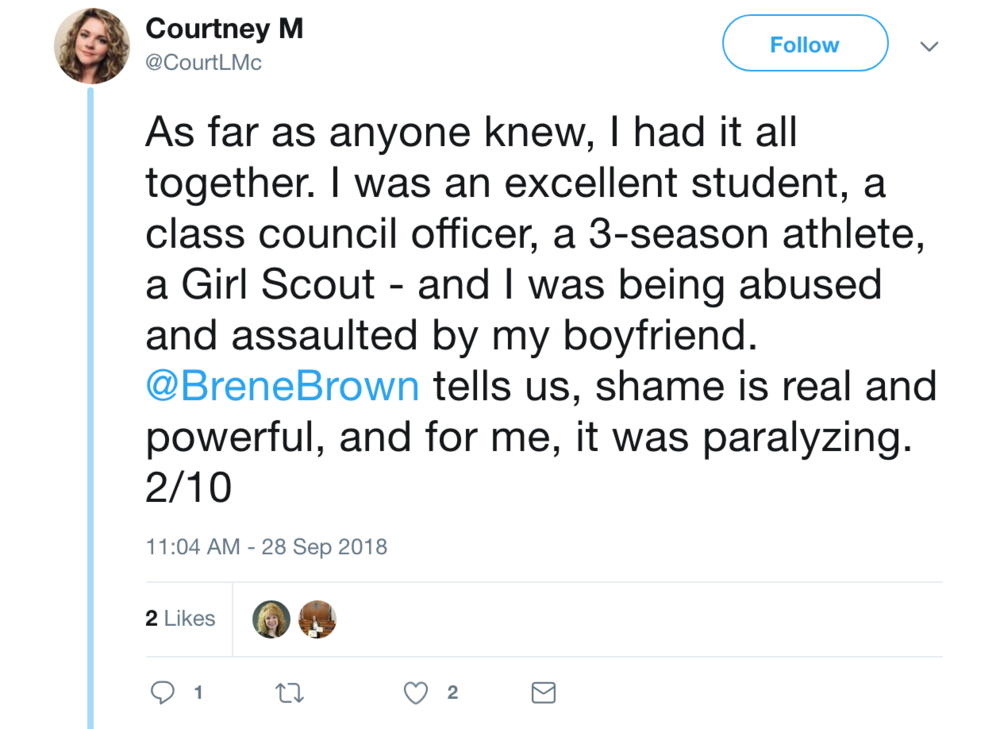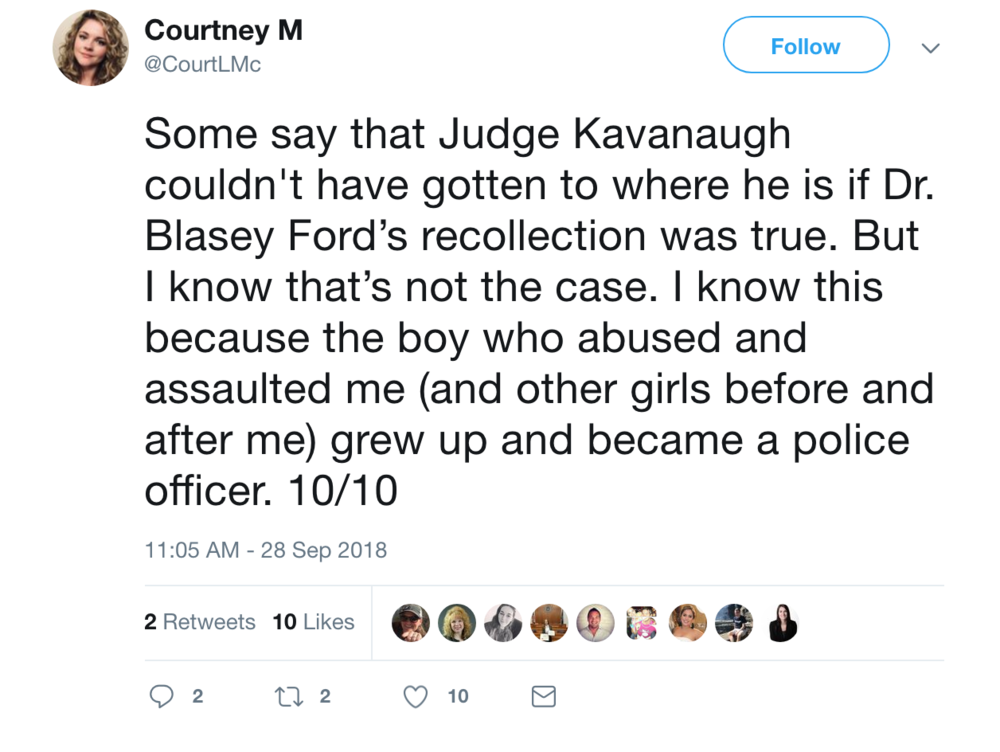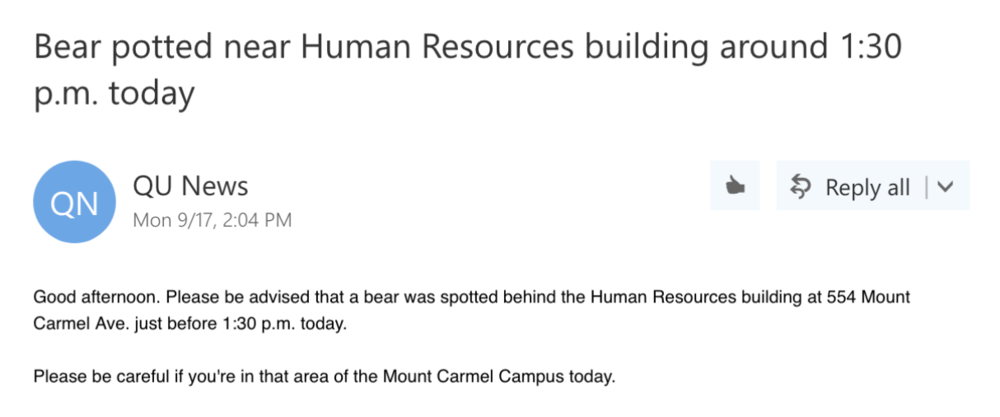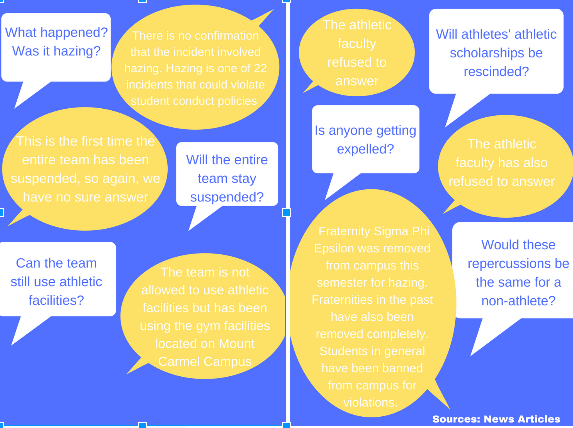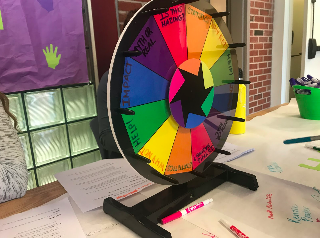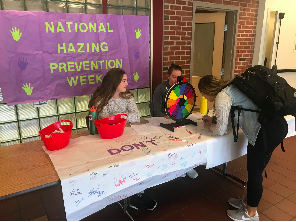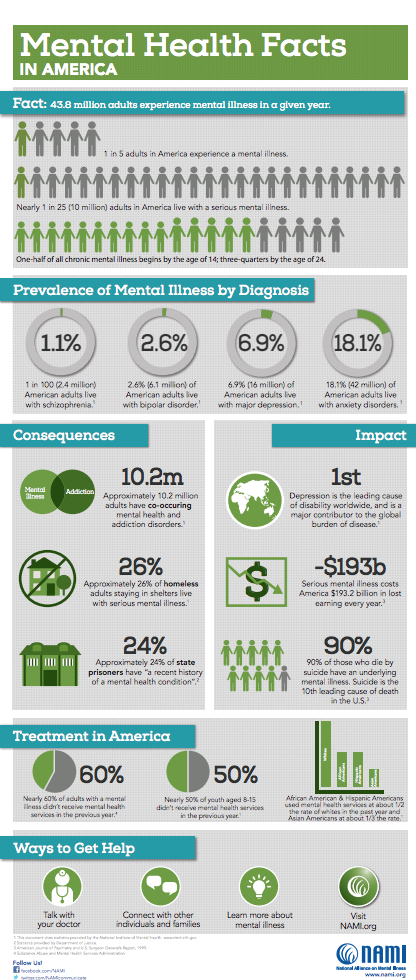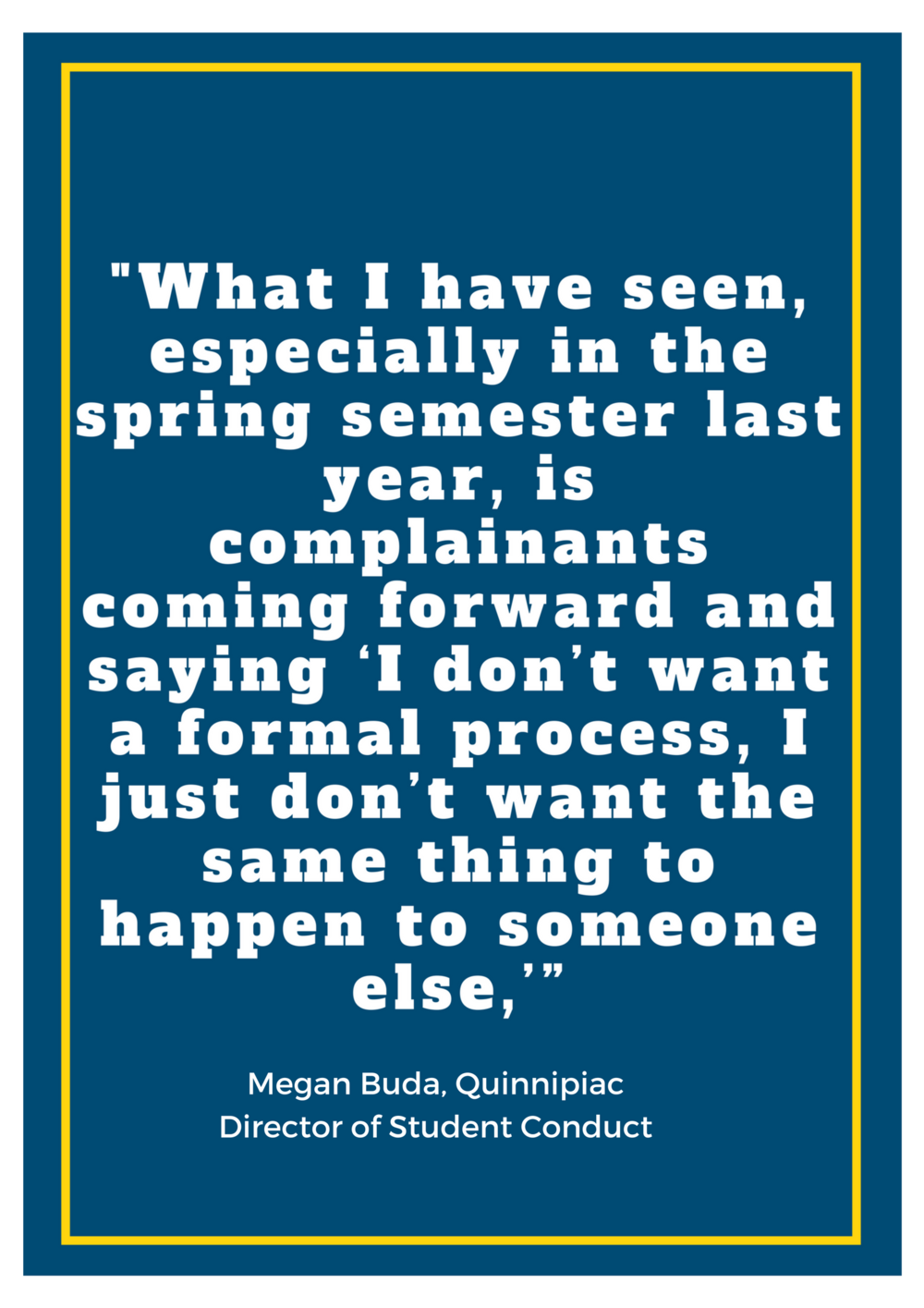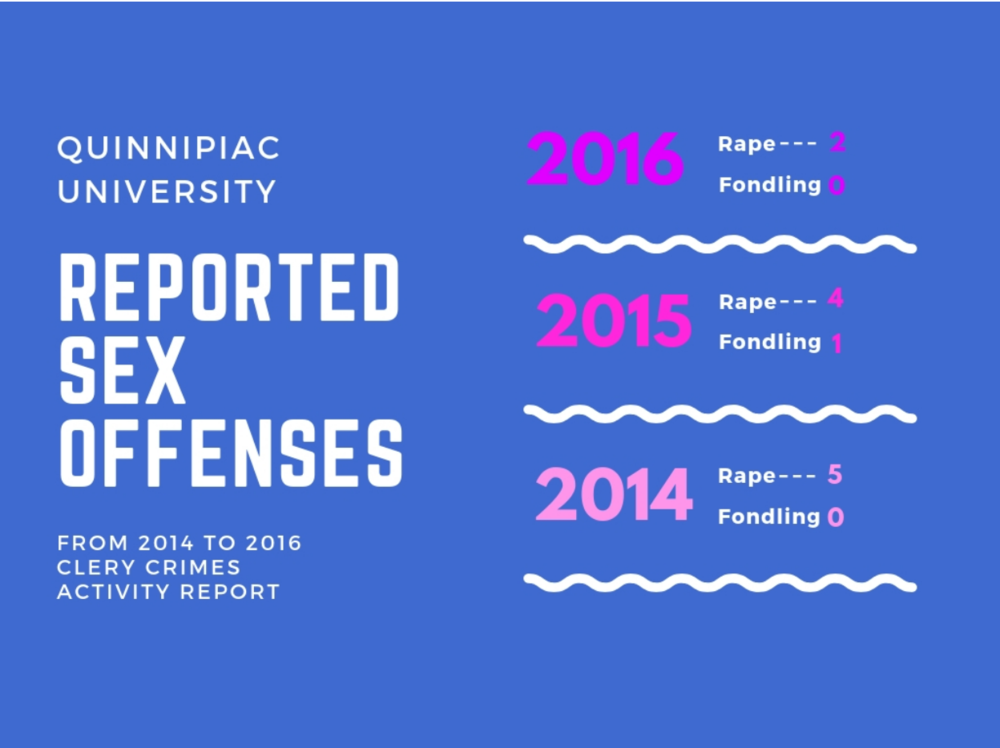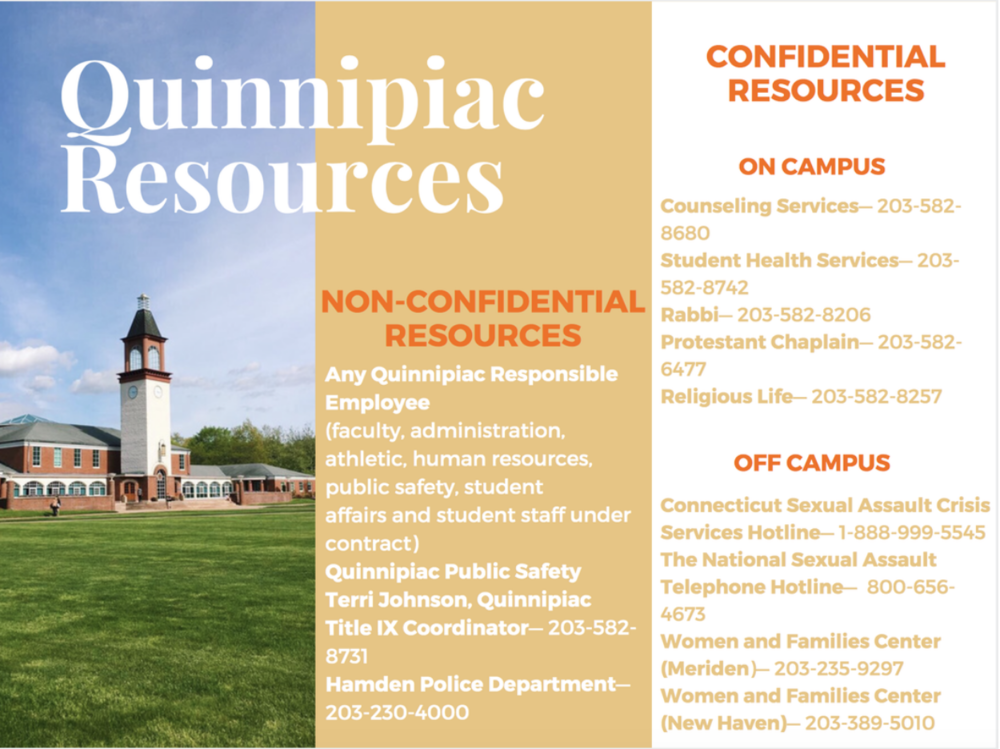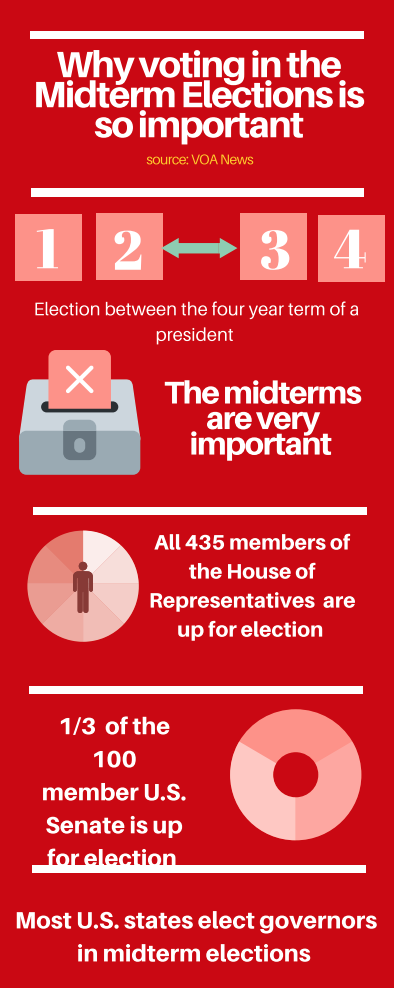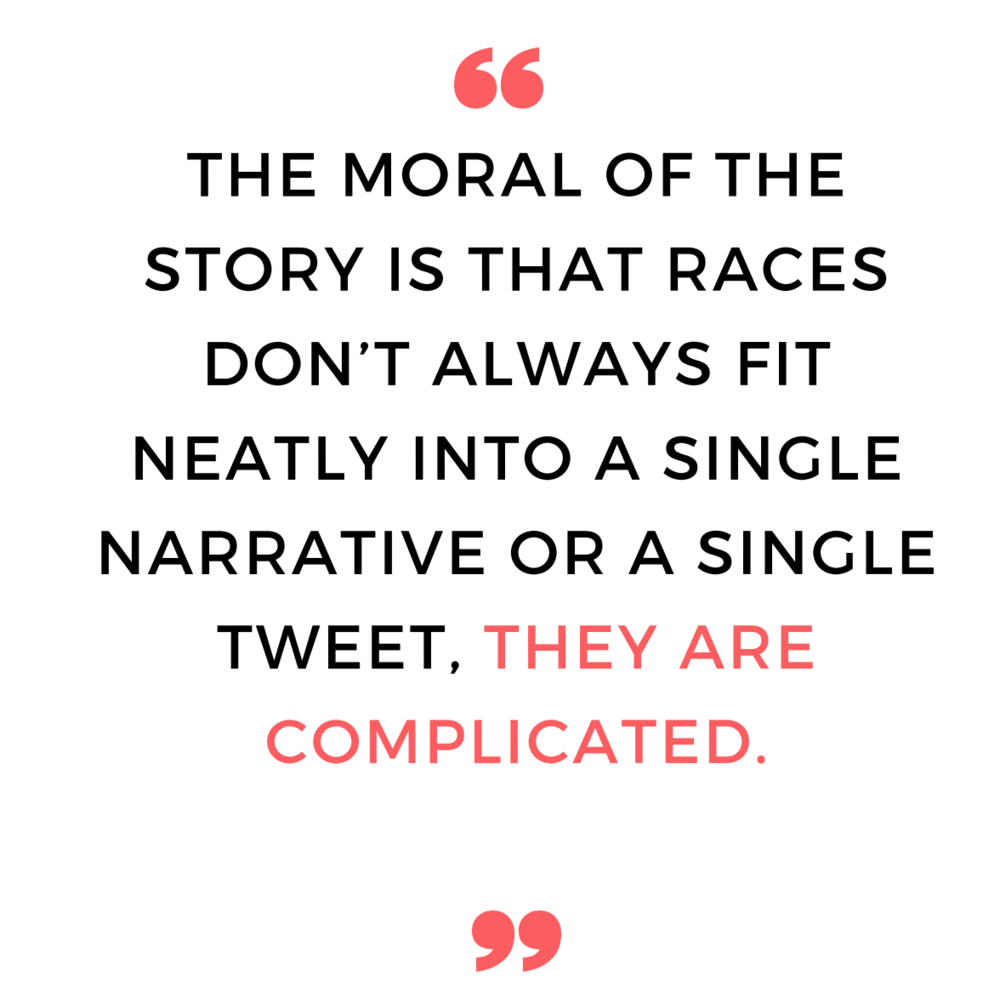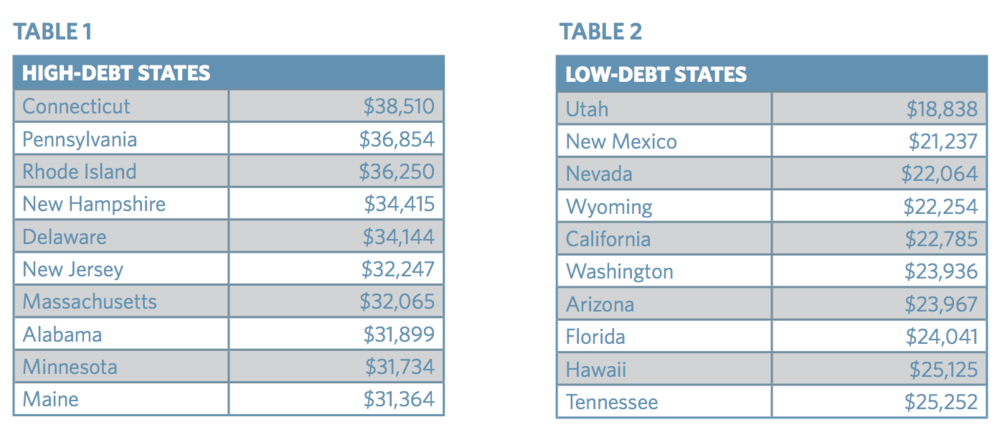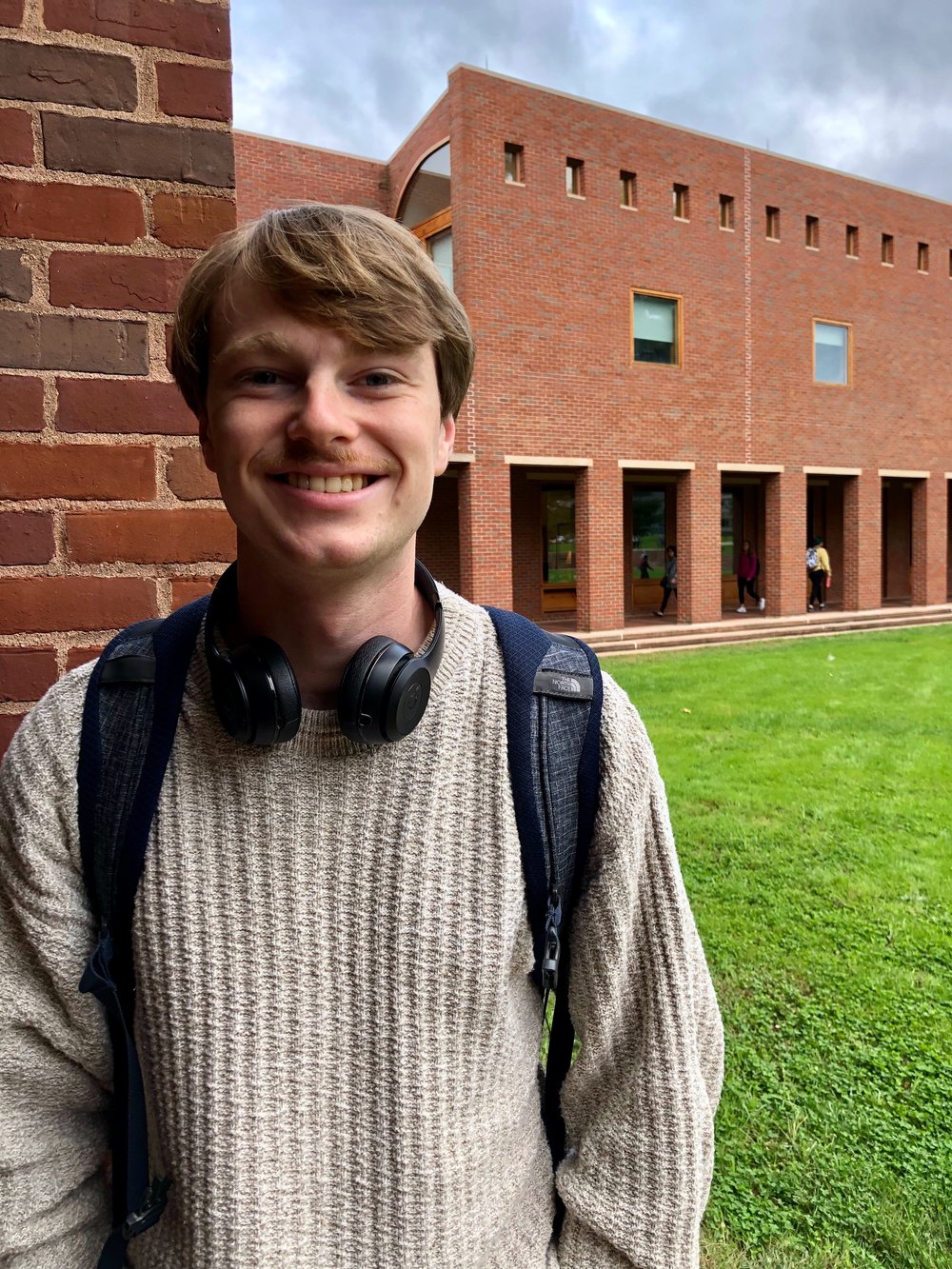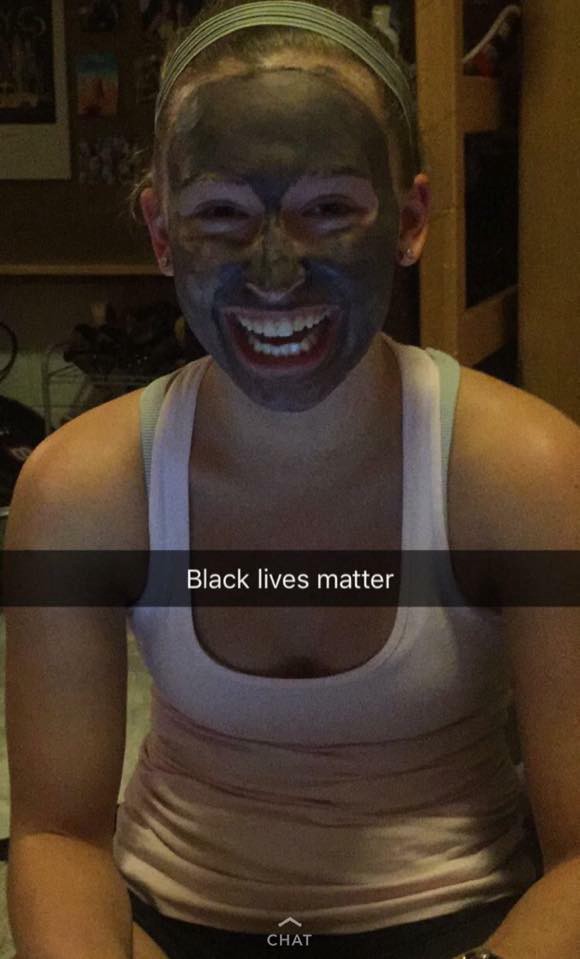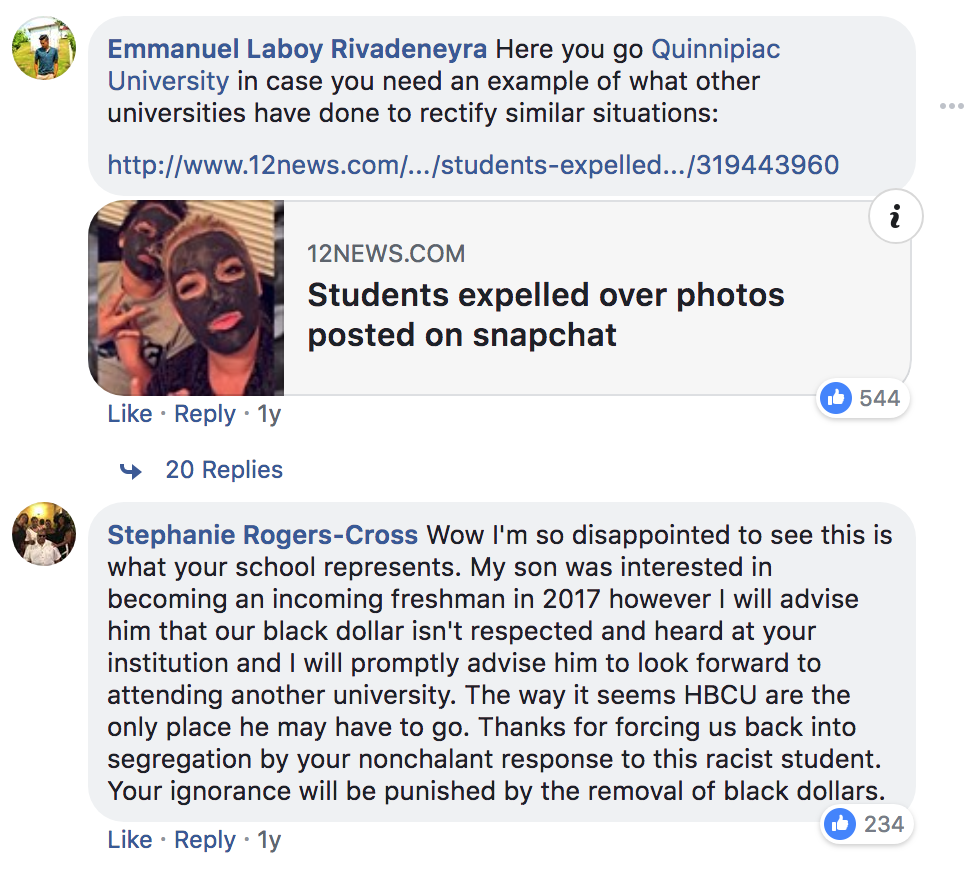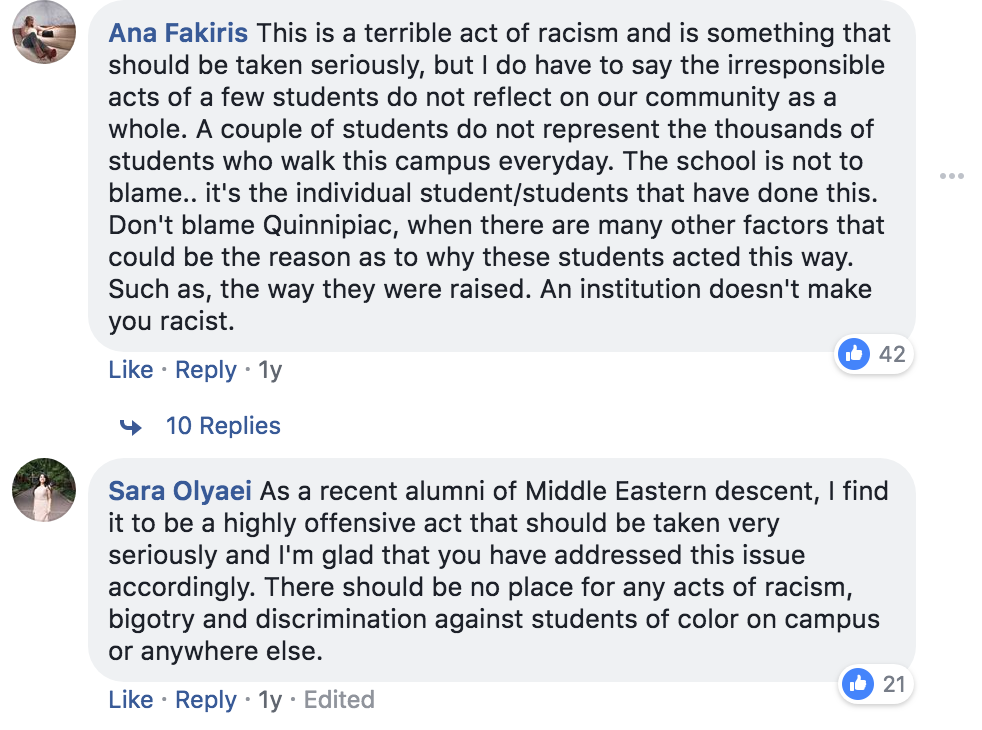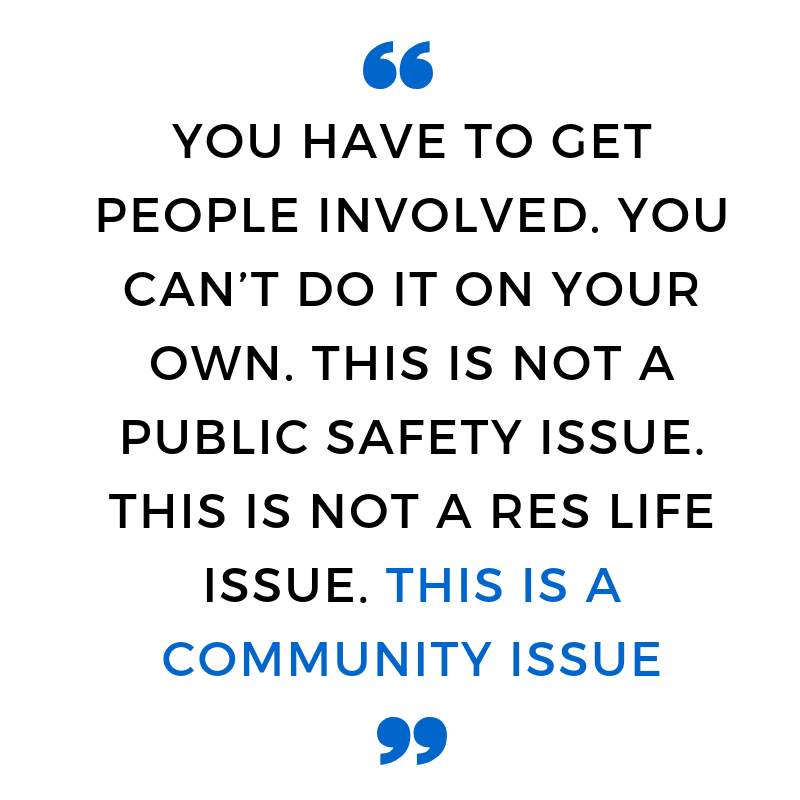By Aaliayah French and Randy Del Valle
Quinnipiac University’s most recent annual Clery report came out in the middle of the Kavanaugh hearings. The report documented two formal reports of rape on campus and one instance of fondling. But, the report doesn’t provide the full picture of sexual harassment and violence on campus.
The numbers documented in the Clery report are low, but there’s a reason why they’re are like that.
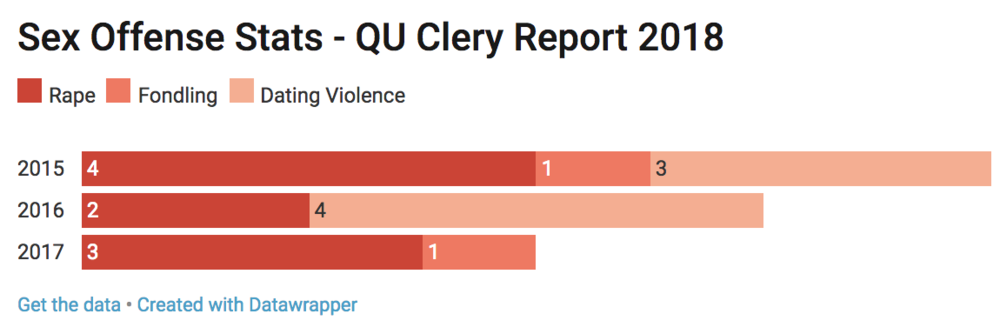
“More students deal with cases of sexual harassment and intimate partner violence, but don’t formally report them to the school,” according to Megan Buda, Quinnipiac’s director of student conduct.
“I think students are concerned about coming forward for sexual assault for obvious reasons,” said Buda. “Sometimes we receive complaints about intimate partner violence maybe from their friend group or from their family and they’re too concerned to come forward on their on own.”
Senior Stephanie Martinez said going through the long, formal process is one of the reasons that stop people from reporting sexual harassment.
“Sexual assault can sometimes be traumatizing so maybe somebody doesn’t want to go through that again, live through that again,” Martinez said. “Going through that long process of being asked questions, ‘What happened?’ ‘Where did it happen?’ ‘What were you wearing?’ ‘What was he wearing?’ ‘What were you doing?’ It’s just something that people don’t want to go through.”
Researchers from the University of Missouri-Columbia recently reported some of the biggest barriers people face when it comes to reporting rape and sexual assault.
According to the research, “Students rated ‘shame, guilt and embarrassment,’ ‘confidentiality concerns’ and ‘fear of not being believed’ as the top three perceived barriers in reporting rape among both men and women. However, students rated shame, guilt and embarrassment as a much larger barrier for men than women.”
Barriers that impact women than men were lack of resources to get help, language barriers to obtaining help and “financial dependence on perpetrator/perpetrator interference in seeking help.”
In light of the recent Kavanaugh hearings and the latest verdict convicting Bill Cosby of sexual assault and rape charges, the “#MeToo” movement and #WhyIDidn’tReport has given women the courage to come forward and speak out on their experiences, including women college campuses.
While many Quinnipiac students have not wanted to publicly share their stories about being a victim of sexual assault, one staff member at Quinnipiac shared on Twitter why she didn’t report her experience of being sexually assaulted in high school.
Courtney McKenna, Quinnipiac’s director of student affairs, was in high school when her relationship became “increasingly violent.”
“For me, it’s hard a lot of times to separate out the difference between where were the pieces interpersonally, emotionally and sort of physically the violence were and then also some of the sexual violence that was in the relationship,” McKenna said. “I can remember sort of snapshot pieces of it, but it’s not this like chronological movie of memories of specific things, because a lot of it for me was all entangled together.”
“I think for me some of those pieces were not listening in terms of boundaries. I think then the other pieces were going along with things further in some places because of fear of the physical violence on the other side if I didn’t move forward with certain different things,” McKenna said.
Reporting her situation was never something McKenna thought to do as she was focused about her safety.
“In a partner violent relationship there’s this cycle. There is this part of the relationship where its really good and it’s happy and then the tension builds and there’s some type of episode whether its some type of violence or emotional outburst,” McKenna said.
“Once that happens there’s usually some type of ‘I’m sorry’ pieces in whatever that looks like and then its happy and then it cycles. Looking back for me I was really focused on ‘how do I stay in that like really good part’ and ‘how do I make sure that I can be as safe as possible in those bad parts.’”
Another reason why McKenna didn’t report the behavior was because she wanted to keep what happened to her quiet.
“It because of that shame of disappointing others or not being the person who knew better,” McKenna said. “It was even until probably years later that I recognized some of the sexual violence in the relationship as pieces because to me its all together. Even at the time I categorized all as dating violence.”
Kayla McQuade, an alumna of Quinnipiac, thinks reporting something so personal like being sexually harassed leads people to not want to report.
“People don’t want to relive it again. They might be embarrassed that it happened so they would rather just hold it in instead of telling people,” McQuade said. “Then there’s also the issue of sometimes when you’re a victim of an assault like that, there’s a lot more questioning going into, ‘Are you sure that really happened?’, there’s a lot of victim blaming.”
“A lot of people are afraid of what people may say about them,” Martinez said. “Especially women being told ‘oh you’re asking for it’ just because of what they’re wearing or of the way they’re acting.”
Some organizations at Quinnipiac have been trying to educate their members by holding trainings, but also by making resources available to anyone who experiences an assault.
“Every organization goes through formal training where we have speakers come in, we have presentations,” President of Alpha Sigma Phi, Robert Martinez said. “A lot of it is the day- to- day interactions with your members on a personal basis.”
“When people talk about their private matters and things of this nature, I think it’s better to shut that down right away, because if you don’t tolerate it on a private basis then it’s not going to be tolerated with anyone. I think it’s should be taken more away from the formal training and a lot more just personal you know bystander intervention, just don’t tolerate that personally.”
Senior Kappa Alpha Theta member Hannah Meyer noted that her sorority has resources available to its members if something ever happened to them.
“I know that I have resources if a friend or I were to encounter a situation in which we needed help with an assault,” said Meyer. “My sorority has a hotline and crisis text line that I can reach out to. My sorority has been through sexual assault prevention awareness education which is the first step.”
“I do believe that the Kavanaugh hearing has struck a chord for many victims at Quinnipiac and in our community,” said Meyer.

